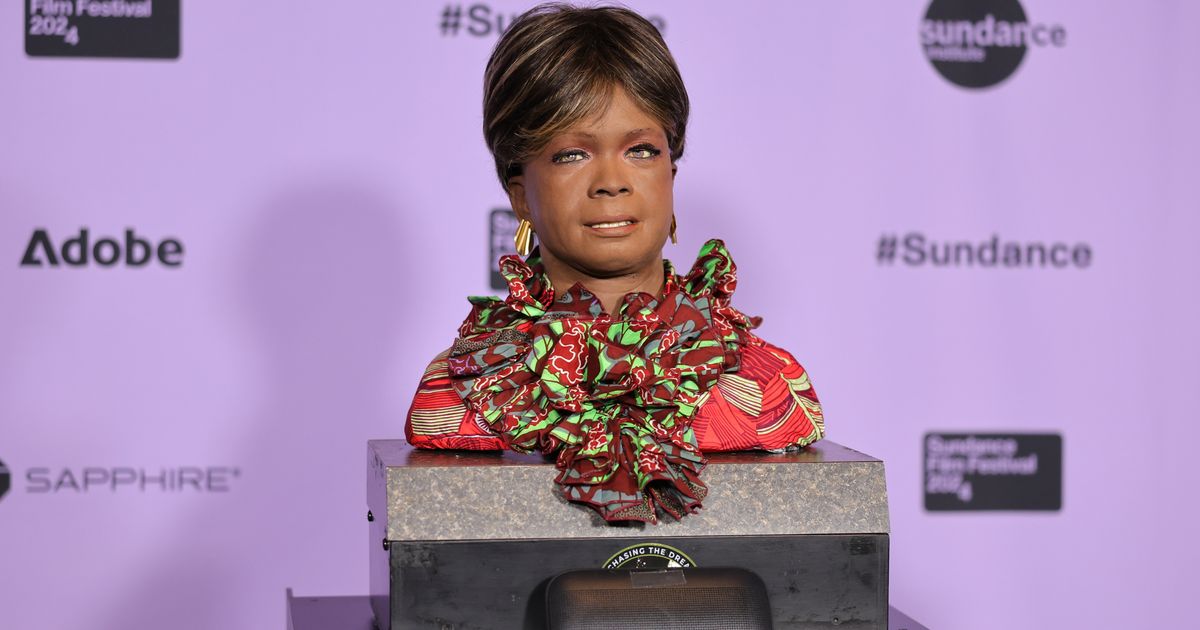At the premiere of the video “Love Machina” at Sundance, BINA48, an innovative AI designed after Bina Rothblatt, a Black woman, continued to attract large audiences and spark discussions about the perception of Black female identity in the predominantly white-dominated digital realm.
In Park City, Utah, much has been discussed regarding the disparity between Hollywood productions’ visual progress and the lack of authentic representation and creative output to create engaging art that addresses the challenges faced by marginalized communities. This issue is particularly pressing in the realm of artificial intelligence.
There has been insufficient focus on the significance of featuring a Black female persona as the face of an AI in the quest for a more ethnically inclusive AI landscape. Is this choice merely a superficial attempt at diversity? Does it exploit the popularity of Black figures for profit, or does it genuinely aim to understand and connect with Black women and girls?
Many of these inquiries shed light on the creators of such technologies, predominantly white men, who often overlook the risks of perpetuating stereotypes or exploiting ethnic identities, potentially harming the already vulnerable communities they draw inspiration from.
On the contrary, the success among Black female consumers, despite the lack of intentional inclusion in the AI’s development, raises questions about the impact of representation. These themes are explored in two films premiered at the Sundance Film Festival this year, each with varying degrees of success.
In the film “Seeking Mavis Beacon,” director Jazmin Jones explores her admiration for the Black female AI figure that influenced her online education, along with the history of how tech entrepreneurs capitalized on this inspiration in the 1980s.
“Seeking Mavis Beacon” delves into the story of a 1987 product that utilized the likeness of Haitian American model Renee L’Esperance to market typing and computer education software. Despite the product’s subsequent success and profitability, L’Esperance received minimal compensation and recognition for her contribution.
While the product’s popularity was fueled by the consumer perception of Mavis Beacon as a real-life dark-skinned Black woman, the disparity between the marketed image and L’Esperance’s reality raises ethical concerns about exploitation and misrepresentation.
Despite the lack of acknowledgment for her role, Black female consumers found solace in seeing themselves represented in the AI model, prompting reflections on the significance of such representation.
The film raises thought-provoking questions about how Black women engage with their portrayal in AI and the implications of being excluded from the creation process.
In contrast, the documentary “Love Machina” at Sundance focuses on BINA48, an AI preserving the consciousness of Bina Rothblatt. While the film celebrates the potential of science and technology, it falls short in addressing the racial complexities and implications of featuring a Black woman in this technological advancement.
The portrayal of BINA48 in “Love Machina” lacks depth in exploring the racial implications and societal challenges associated with Black female representation in AI, unlike the more nuanced approach taken in “Seeking Mavis Beacon.”
The films highlight the ongoing dialogue surrounding Black female representation in AI and the importance of engaging with these complex issues to ensure ethical and inclusive technological advancements.










